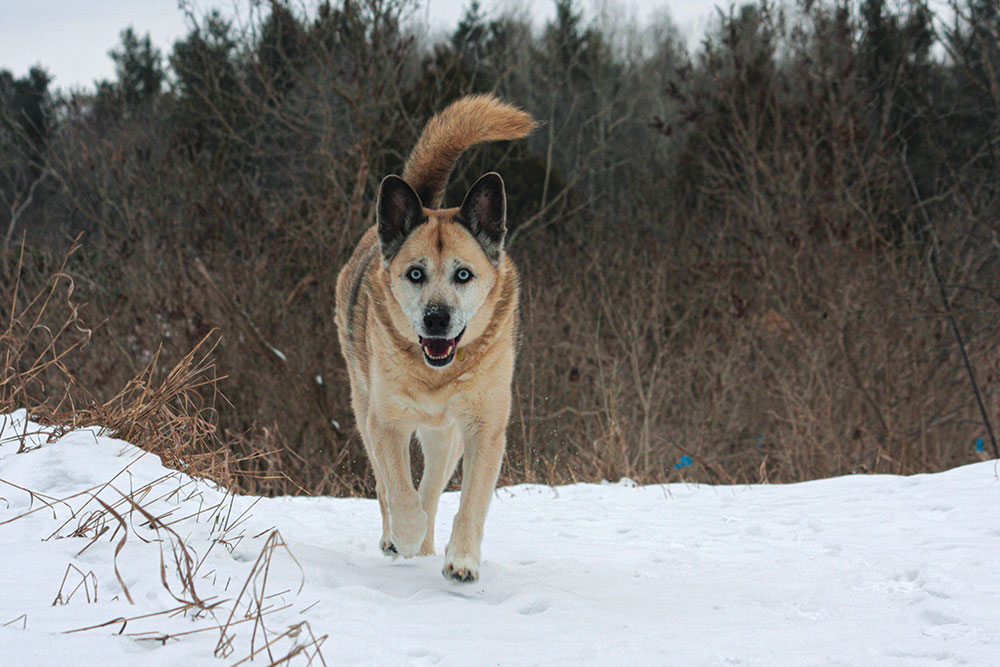Protect yourself from dog attacks
According to DogsBite.org, each day, about 1,000 U.S. citizens require emergency care for serious dog attack and bite injuries, and more than 14,000 people are hospitalized during the course of a year because of them.
I recently read a story in the local newspaper about an elderly couple walking their dog, a big, old golden retriever that they’d rescued, along a popular trail not far from their home. They are well-known to their neighbors for their daily walks.
During this regular walk, the couple and their dog were attacked by a pack of eight large dogs. Trying to defend themselves and their dog, the man, woman and their dog were injured in the fight that ensued. If it weren’t for an alert neighbor who witnessed the dog attack and came to their aid, things could have been much worse than they were.
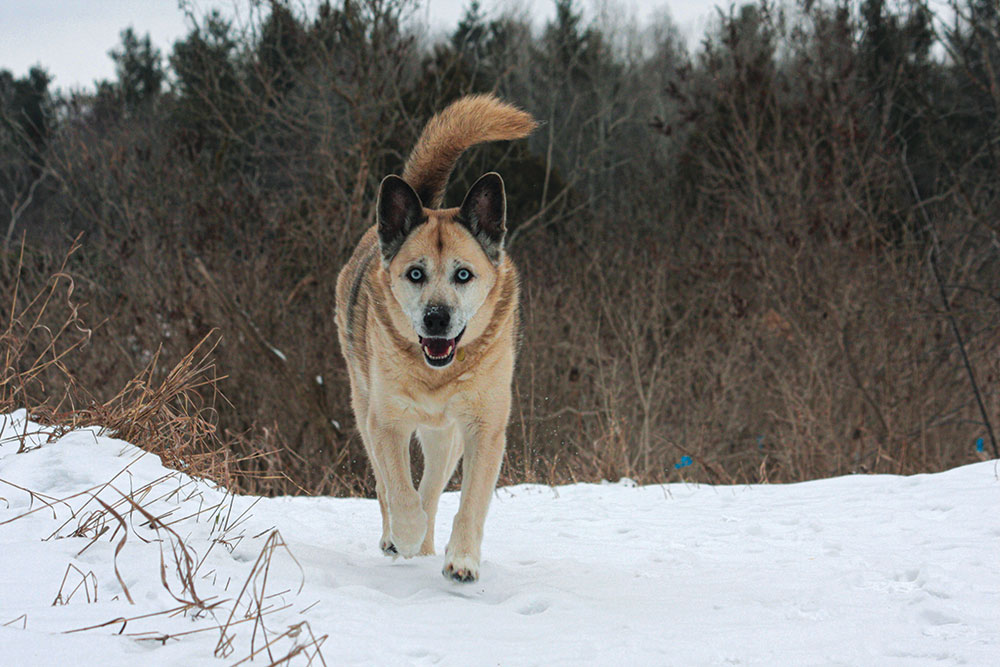
All the attacking dogs were wearing collars and were obviously well fed, so starvation was not the driving force. These dogs were simply allowed by their owner to run loose, despite the leash laws in the area. When confronted by law enforcement officers, the dogs’ owner showed no remorse; nor did he offer an apology. Charges are pending, but the damage has been done.
Reading this story brought back memories of just one of the dog attacks I’ve been through—the worst one. While walking my daughter’s dog, Brandy, a beagle-basset hound mix, we were attacked by a rather large German shepherd that was running loose. The shepherd came in from my blind side and was on Brandy in a flash, flipping her onto her back and going for her throat. I engaged the shepherd—something that some “experts” say not to do—and the fight was on.
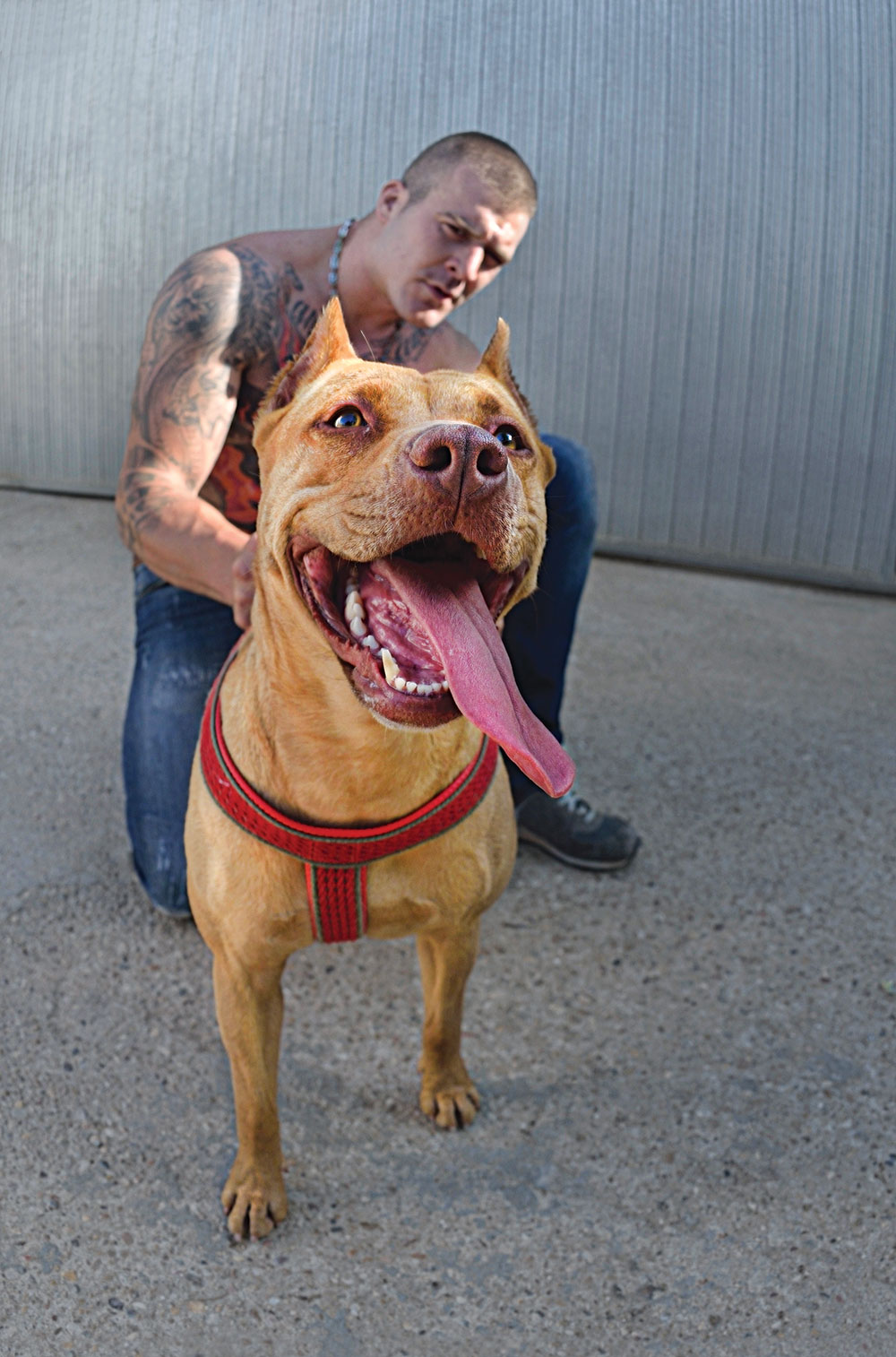
Brandy, who was on a thin-strand retractable leash, took off, wrapping my right-hand index finger in the leash cord in the process. This kept me from reaching for my knife, which was on my right hip. Using my right hand as best as I could—my index finger being pulled back and the cord slicing into it—I grabbed the shepherd’s head and started punching it with my left.
“In my mind, there’s no such thing as a bad dog; just bad owners. People who don’t train their dog—and frankly, just don’t care—are the real problem.”
When it was all said and done, both Brandy and I were bloody messes. My left hand had been pretty much crushed by the shepherd’s jaws, and my right index finger had been badly cut and skinned almost to the bone by the leash cord.
I carried Brandy home, and my daughter got her to the vet. She ended up with a lot of stitches, but it could have been worse. (Now, I always carry pepper spray or my .45ACP.)
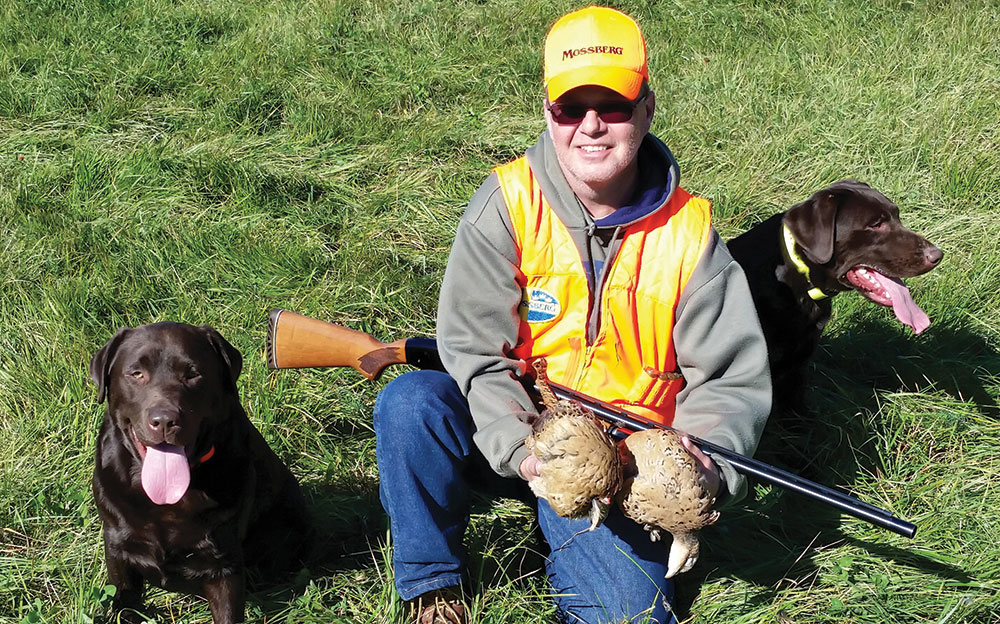
Sadly, this dog attack didn’t need to happen. The dog that attacked me wasn’t “wild.” It was well fed and wearing a collar. It was some family’s pet.
When confronted by the police, the owner said, “He just got out.”
This seems to be the typical response, especially where there are strict leash laws.
We read countless articles about being prepared for dangers, both real and perceived. These articles include defense tactics against human assailants, and a few even cover potential dangers in the great outdoors. However, few discuss a real danger happening right in front of us: free-roaming dogs.
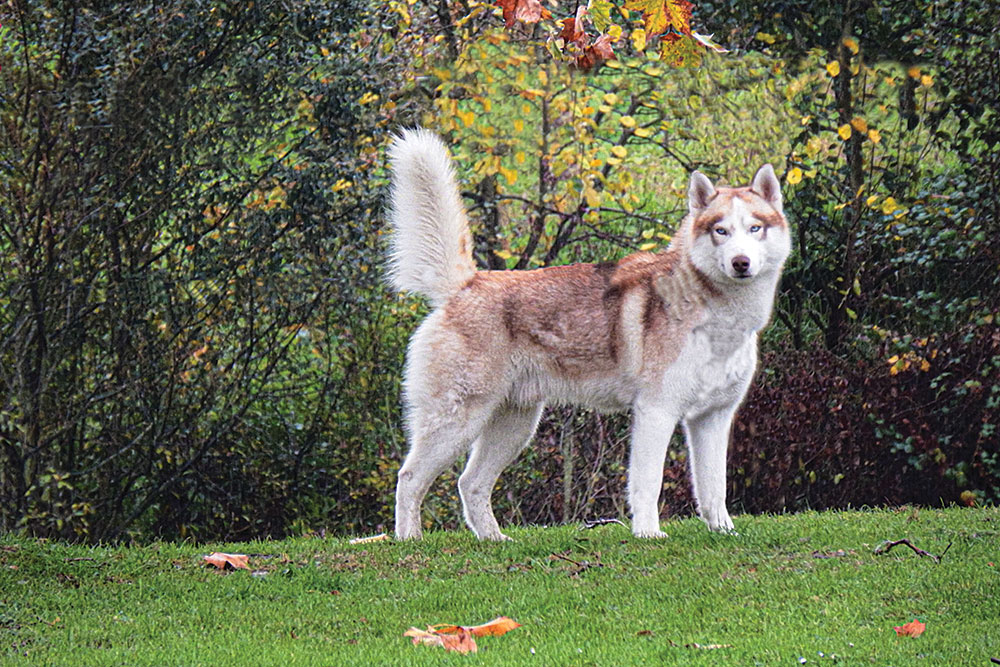
For Clarity’s Sake
Before I get hate mail for what I’m going to write about in this article, let me be perfectly clear: I love dogs. All my dogs have been rescued dogs, as is my daughter’s. I’ve hunted over some of the best-trained dogs ever, and I trust my dog with my granddaughters.
“There’s no need to be paranoid about the potential danger from dogs. Most dogs won’t present any real danger, just as most people aren’t dangerous.”
In my mind, there’s no such thing as a bad dog; just bad owners. People who don’t train their dog—and frankly, just don’t care—are the real problem.
Unfortunately, it’s the dog that we need to be concerned about; and it’ll be that way until penalties are enforced.
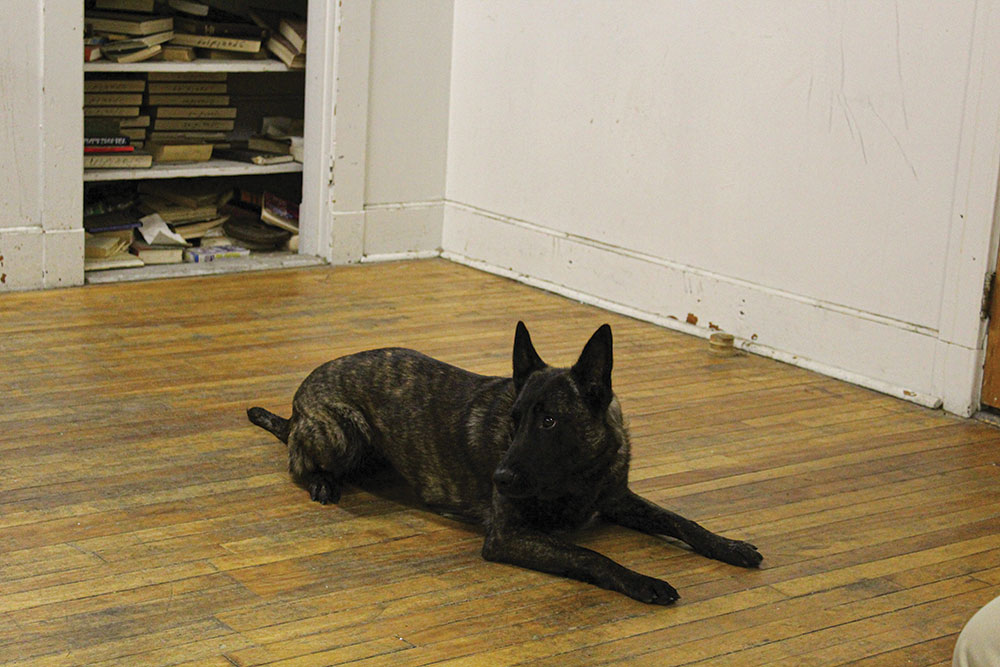
Feral vs. Family Dog
Before we discuss the damage caused by free-roaming dogs and what you can do to defend against them, we must distinguish between family pets that are allowed to run and “wild,” or feral, dogs. They’re different, and the dangers differ, as well.
According to research conducted by the U.S. Department of Agriculture (USDA), feral dogs are those originally domestic dogs that have gone back to a “wild” state. This is much in the same way the “wild” horses in our country are really descendants of domestic horses left to their own devices. This study concludes that feral dogs have been documented in all 50 states. Although the estimated dog population in the United States is around 74.8 million, it’s impossible to know just how many of these dogs are feral.
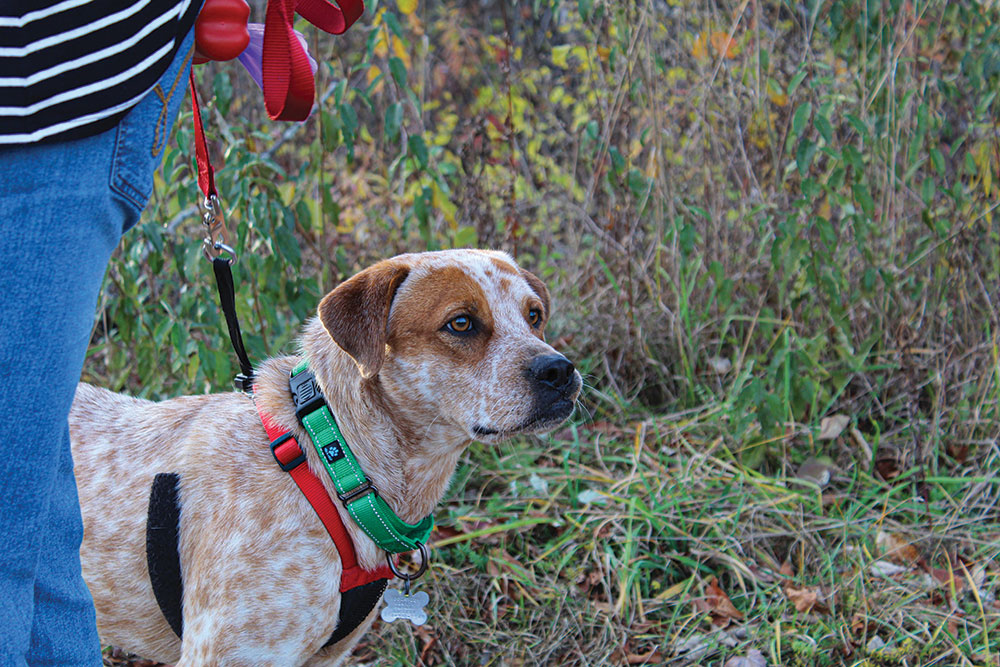
Unlike other feral animals that can survive on their own, it seems that feral dogs, for the most part, are dependent upon humans for food. They eat human trash (of which there’s no shortage), and they’re common visitors to carrion deposit areas around poultry and livestock processing plants. This doesn’t mean they won’t hunt, because they will when other options are not available. Their prey-of-choice is anything they can get hold of and overpower.
“We don’t let our guard down around people. Similarly, we shouldn’t let it down around dogs—no matter how cute they might be.”
Like all dogs, feral dogs are territorial, but they seem to be more food-driven. And, like all wild predators (coyotes, foxes, bobcats, etc.), feral dogs don’t have a steady, reliable food source. Food might be there today and gone tomorrow. This is where they differ from truly domestic dogs that are allowed to run.
Domestic dogs are instinctively hunters (as are domestic cats), even if they don’t have to. What we consider “play,” such as chasing a ball, is actually part of a deep-down hunting instinct in our dogs.
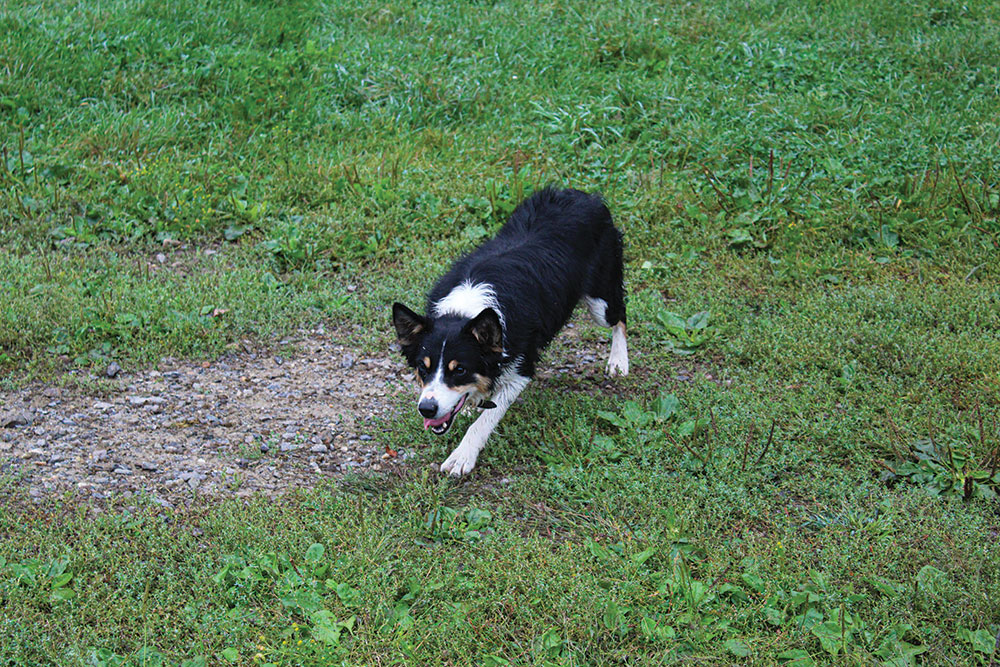
Domestic dogs don’t hunt and kill for food, because they tend to have regular meals at home. Instead, these dogs tend to attack because they’re protecting a preconceived territory and because smaller animals, including small dogs and even small children, tend to run from them. This then triggers the dog’s instinct to chase and possibly attack and kill.
When people walk with their dogs off-leash and allow them to roam, these dogs consider it’s their job to protect their owners from all threats, real or not. Those threats could be people, including small children, or animals. This is why it’s important—and it’s probably the law in most suburban and urban areas—to keep your dog on a leash at all times while you’re in public spaces.
Protecting Yourself
Not all free-roaming dogs are dangerous. Sometimes, it’s hard to tell a safe dog from a threat. Consequently, every dog you encounter must be treated as a potential threat until you can prove otherwise.
Not all behaviors mean the same thing with all dogs all the time. Be prepared to adjust to the dog’s actions with the goal of not escalating their level of fear or aggression.
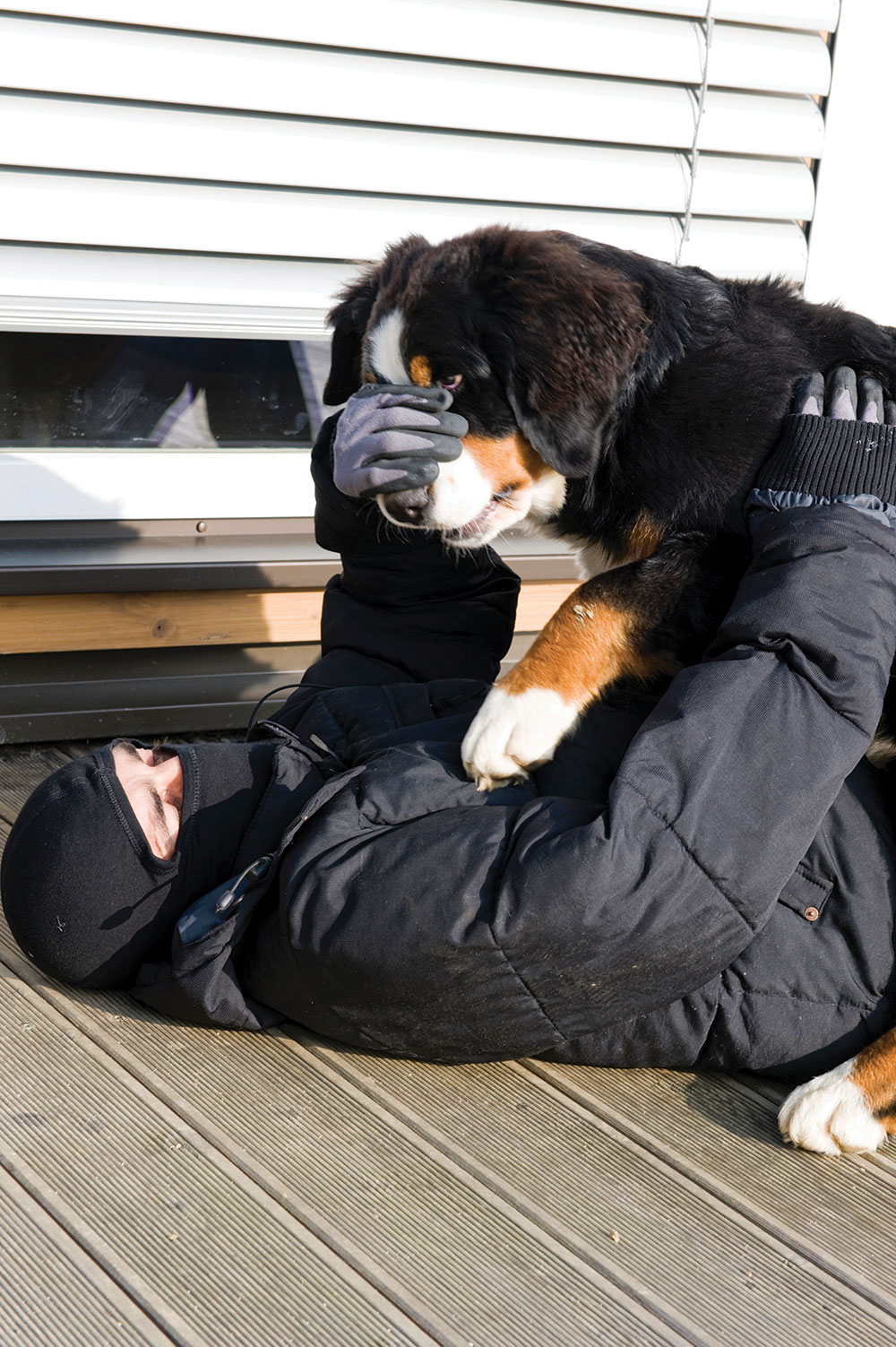
Obvious Signs of Possible Trouble
- Growling
- Raised hair on the back (“hackles”)
- Rigid body posture
- Snapping and baring teeth
- A wagging tail doesn’t always indicate that the dog is happy to see you, so don’t go by that alone.
When confronted with a potential threat, there are things you should do to keep the situation from escalating:
Don’t panic
If you panic or show fear, the dog will sense and possibly react to it.
“Unfortunately, it’s the dog that we need to be concerned about; and it’ll be that way until penalties are enforced.”
Don’t run
Running could trigger the dog’s response to chase you. You can never outrun the dog, so don’t try. Instead, you should turn sideways to the dog and stand still with your arms down. This makes you both a small target and indicates you’re not a threat.
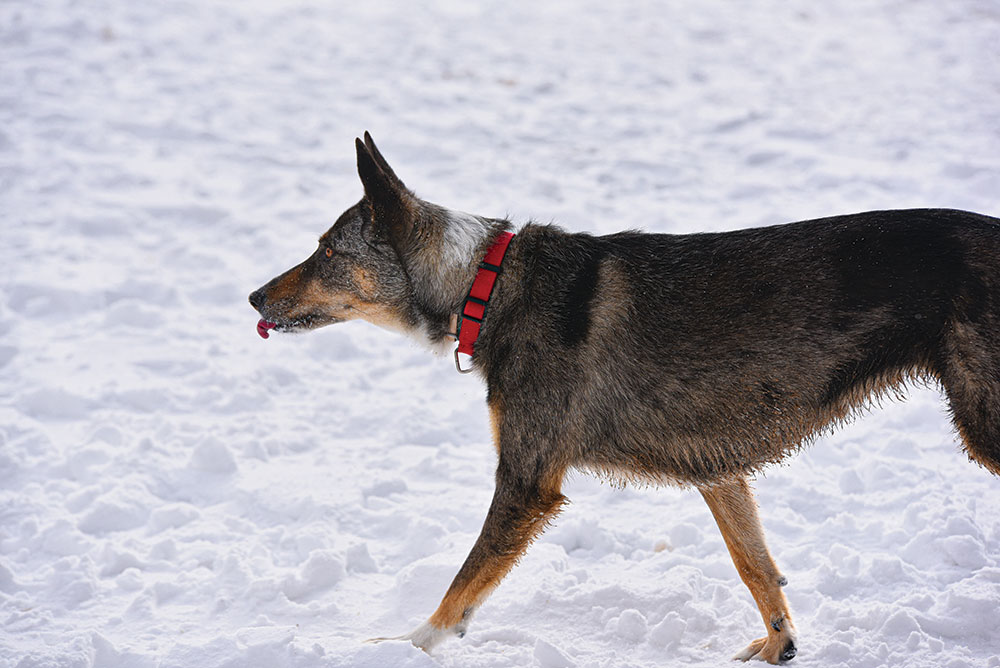
Don’t turn your back to the dog
You should keep your eyes on the dog, or dogs, at all times.
Try not to make direct eye contact
Dogs consider this a threat or a challenge. They might back down … or they might not. Don’t risk it.
Distract the dog with something else
Throw your backpack, water bottle, jacket or anything else away from you. This might give you time to get to a safer place nearby.
But, after trying to mitigate the situation, it appears your potential danger has become a real one. What do you do now?
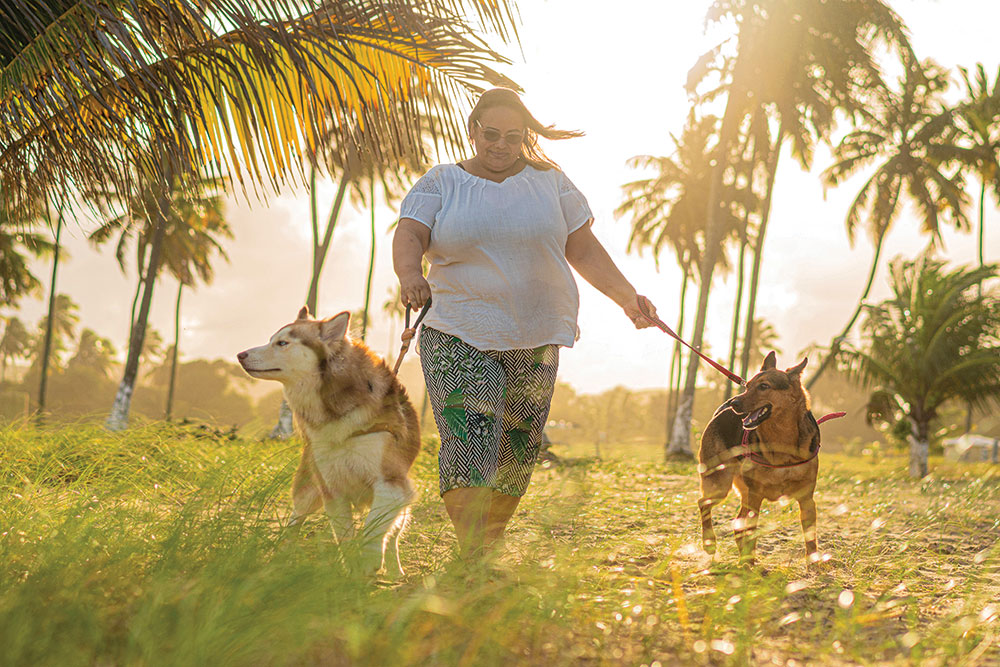
Face the dog and command it to leave
This might work for trained domestic dogs (and it might not).
Fight back
Hit and kick the dog in the throat, nose and back of the head. If you have a weapon, use it. Avoid going for the top of the head, because most dogs have a pretty thick skull.
Stay on your feet
If you’re forced to the ground, try to get up quickly. If possible, use your own body weight to push the dog to the ground. Remember that if you’re on your back, the dog has the advantage; so, cover your head, face, throat and chest the best that you can.
Fight until the dog stops attacking or it can’t fight anymore. A dog in this mode is no longer a pet; it’s a deadly threat. Keep yourself between the dog and children or others who are less able to defend themselves.
There’s no need to be paranoid about the potential danger from dogs. Most dogs won’t present any real danger, just as most people aren’t dangerous. Nevertheless, we need to be alert for those that might. We don’t let our guard down around people. Similarly, we shouldn’t let it down around dogs—no matter how cute they might be.
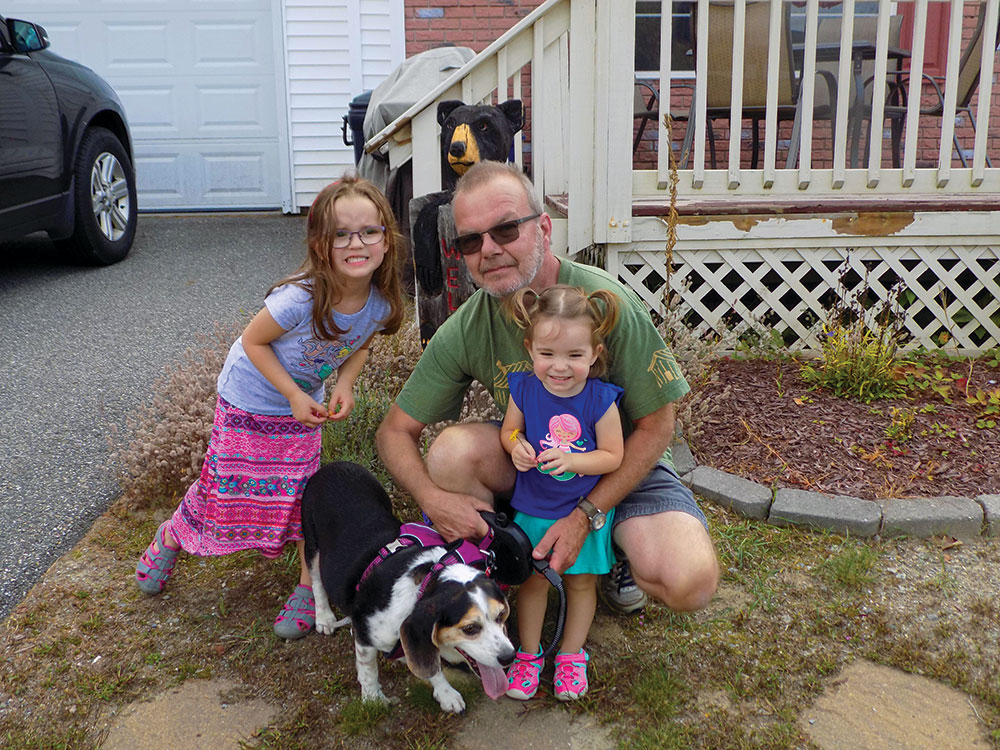
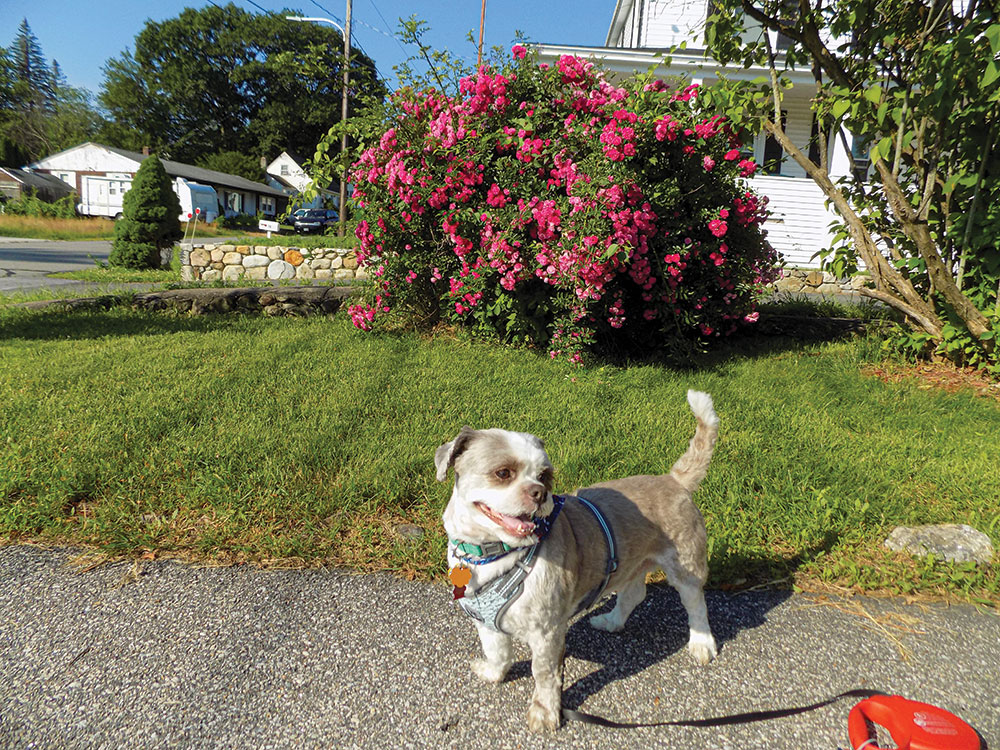
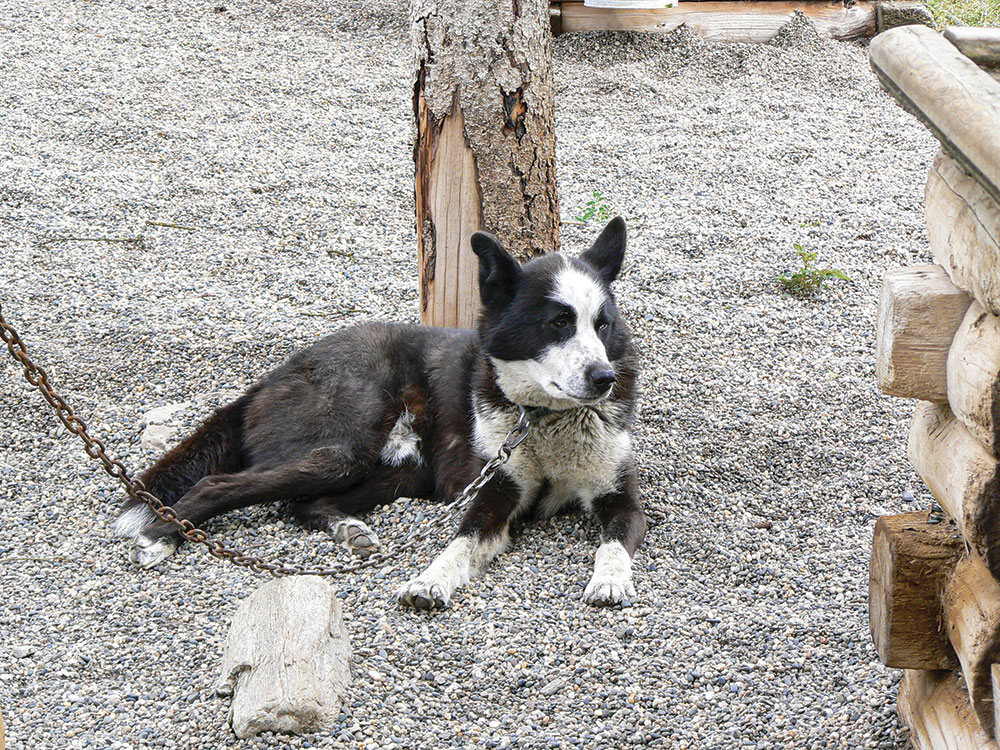
Dogs That Get a ‘Bad Rap’
While any dog can be potentially dangerous, according to information from the Journal of the American Veterinary Medicine Association (JAVMA) and other sources, the following are among dogs perceived to be the most dangerous. Many factors contribute to the perception that these dogs might be more likely to attack or bite humans, so this shouldn’t imply that the breeds mentioned—or all dogs in these breeds—are inherently dangerous.
Factors such as the number of incidents per the population of purebred members of a breed can’t be known, meaning that accurate statistics are impossible to calculate. Add to this the fact that the levels of news and social media coverage of all dog breed attacks aren’t equal. Greater volumes of coverage for certain breeds tend to skew public perception that those breeds are more aggressive and dangerous than breeds that don’t get as much coverage. In addition, verification of the breed of dogs that have bitten humans is subjective and inconsistent.
And, don’t forget that dogs that become violent are often responding to abuse, whether it’s intentional or mistaken, as in cases when children do things that aggravate dogs beyond their tolerance.
Ultimately, each dog should be considered individually, because there are many factors involved in behavior, especially treatment and training by their owner.
Bull Terrier
These dogs are often confused with pit bulls and thus, they get a bad rap. While not overly aggressive to humans, bull terriers are hunting dogs (originally trained to hunt rodents), and they can be dangerous to small dogs and cats.
Caucasian Shepherd
This large dog was bred to protect livestock. Without proper training, they can become very dangerous. Between 2004 and 2014, they were responsible for 24 human fatalities.
Chow Chow
The Chow Chow is considered high risk in many places due to its size and possible aggressiveness. Between 1979 and 1998, there were 238 Chow Chow attacks on humans. More than 40 were fatal, and 37 were against children.
Doberman Pinscher
This breed is known to be intelligent, alert and loyal. While JAVMA does report attacks by these dogs, none was against family members, and all were in defense of their owners. Because these dogs are often used for home protection, it stands to reason that they can be aggressive with strangers and other dogs.
A version of this article first appeared in the September 2021 print issue of American Outdoor Guide.


